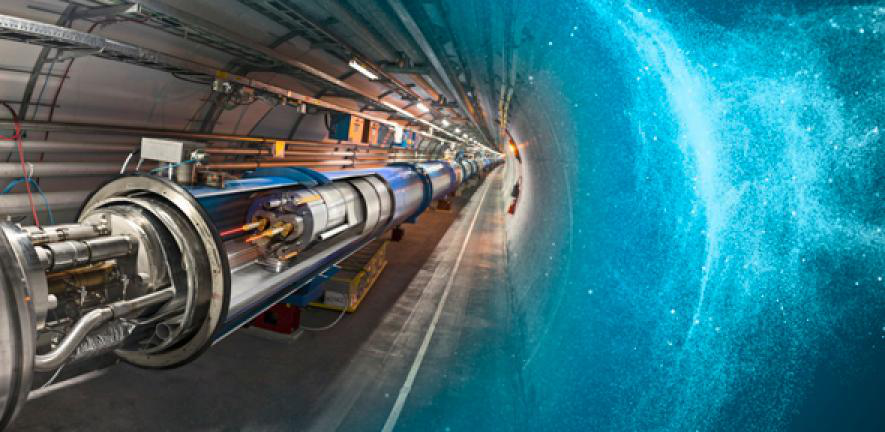Speaker
Description
The main purpose of the ATLAS experiment is to study the proton-proton collisions from the Large Hadron Collider (LHC) in order to exploit the full discovery potential of the LHC. ATLAS' exploration uses precision measurement to push the frontiers of knowledge by seeking answers to fundamental questions.
A new phase called High Luminosity LHC (Run4) will start operation in mid-2026, which aims to deliver an integrated luminosity of up to 4000$fb^{−1}$. To meet the quest for high precision measurements in a high luminosity environment, a new subsystem called High Granularity Timing Detector (HGTD) will be installed to mitigate the pileup effect by providing timing information. It will aid the track-vertex association in the forward region by incorporating timing information into the reconstructed tracks. The Low Gain Avalanche Detector (LGAD) sensors will be used to meet these changing needs.
For the perspective of the HGTD description, ATLAS collaboration is moving towards the use of an XML-based format for defining this subdetector description, this work aims to describe the HGTD geometry using this format, then integrate it with ATLAS software and to the simulation infrastructure.

